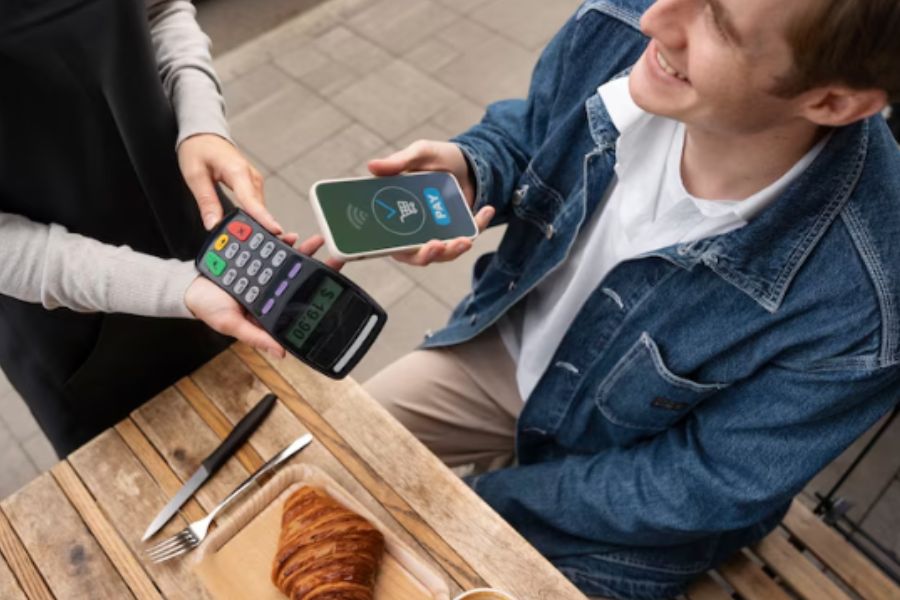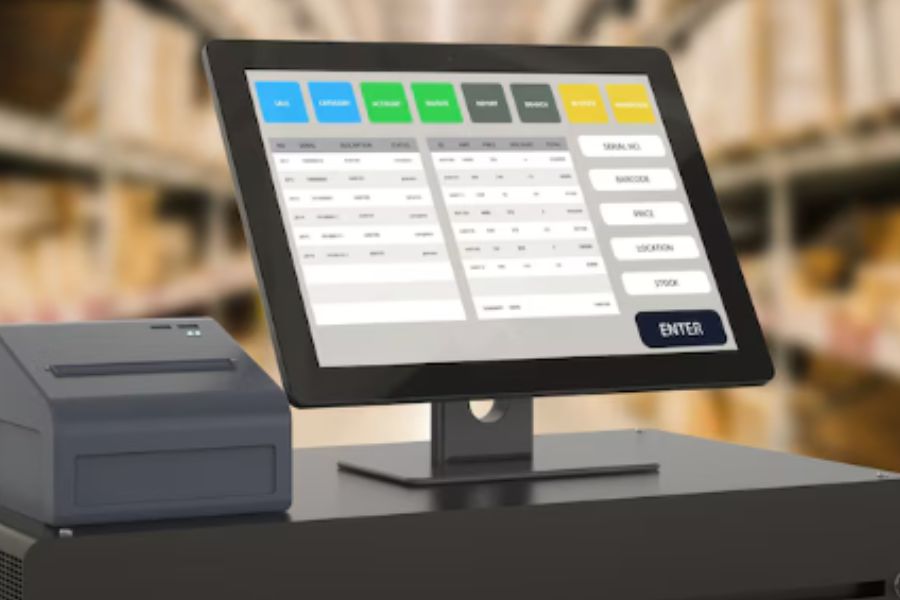Selling products on your own eCommerce platform is important, but one of the next places you should consider is social media. According to Statista, the average daily social media usage of Internet users worldwide amounted to 144 minutes per day, up from 142 minutes in the previous year. Therefore, it would be a waste for online businesses not social media for selling. These platforms are a great way to reach many potential buyers. In the article today, we will discuss the top social media platforms to sell online and help retailers choose which ones are the best fit for them.
Facebook is the biggest social media at the moment with more than 2 billion monthly users and up to 3 billion active users. Almost a third of the world’s population uses this platform daily. Around 65 million businesses choose Facebook to set up their online presence and more than seven million advertisers actively promote their business on Facebook. Additionally, Facebook claims that more than 1.6 billion people on Facebook are connected to small businesses globally, which makes it a pretty solid platform for Social media for selling.
Almost all content formats work great on Facebook (text, image, video, live video, and story), so getting started is fairly easy. However, retailers should keep in mind that the Facebook algorithm prioritizes content that sparks conversations and meaningful interactions between people, especially from family and friends. Also, 94% of Facebook users access Facebook via the mobile app so it is highly recommended to optimize your content for mobile.
When it comes to lead generation, Facebook’s paid ads excel. They make it incredibly easy to capture your target audience’s names and email addresses. Furthermore, when you get it right, you should enjoy a good investment return. In fact, some advertisers claim their costs are down to as low as $1 per lead!
Instagram is a photo and video-sharing social media app. It allows you to share a wide range of content, such as photos, videos, stories, and live videos. It has also recently launched IGTV for longer-form videos.
As a retailer, you should have an Instagram business profile where you are provided with rich analytics tools built-in to let you know if your business is thriving or not. Also, it has one of the highest audience engagement rates among other social media – 58 times higher than Facebook and a whopping 2000% on Twitter.
Instagram is incredibly image and video-intensive when Social media for selling. Therefore, if you can promote your products in an aesthetically pleasing way then most likely you will make a good impression on this platform.
You can link paid ads directly with your product or landing page on Instagram. This works wonderfully when driving traffic to your store and boosting sales on your site. Facebook and Instagram ads are similar in terms of costs. Generally, it costs around $5 for every one thousand impressions you receive. Despite the same price, Instagram is more favorable in regards to ads because their posts get more engagement than Facebook.
Youtube
Even though this is just a video-sharing platform, they have almost 2 billion monthly active users watching more than one billion hours of video every day. Hence, it is a great place for selling on social media, as businesses can upload and market their products here. By posting authentic videos of customer testimonials, know-how, upcoming sales, and current offers, a large set of users can be directed to your store. With the development of smartphone cameras, it is cheap and simple to create your own videos for YouTube content.
Videos are the strongest among many types of content. With the right video content, description, and tags, there is an opportunity to reach out to millions of people and maybe bring your brand to the top trending on YouTube.
The ads setup on YouTube is straightforward. All you need to do is upload your video, choose your budget, select the type of ads and that’s it! There are several main types of ads on YouTube for retailers to keep in mind:
- Skippable in-stream ads
- Non-skippable in-stream ads (including bumper ads)
- Video discovery ads (formerly known as in-display ads)
- Non-video ads (overlays and banners)
Twitter is a platform for the latest news, entertainment, sports, and political updates. If your brand overlaps with any of these niches, Twitter is the place to be! It has around 330 million monthly active users and is specifically designed for microblogging. What makes Twitter different from most other social media sites is that it strongly emphasizes real-time information – things happening right now.
Not only boosting brand awareness, but Twitter is also great at strengthening customer relationships, growing online following, or advertising products and services. Users don’t need a huge budget to get their content in front of followers. That’s why this platform is such an asset to your marketing arsenal.
For ads on Twitter, a thousand paid ad impressions will cost around $9 to $ 11, while click-through to your website will set you back anywhere around 25 to 30 cents each. However, the price of Twitter ads is increasing as more marketers are realizing the potential of Twitter ads. Hence, shortly, Twitter ads price is predicted to keep rising significantly.
On Twitter, there are several types of ad campaigns users can set up, including:
- Promoted accounts
- Promoted Tweets
- Promoted trends
- Website cards
Wrapping Up
Through this article, we hope to provide you with an overview of selling on social media platforms. Retailers should choose wisely whether to use one, two, or all of them. They are all very powerful tools with great features. However, spreading your online presence too thin will decrease the content quality in each platform, which users need to think carefully about. Please feel free to contact us if you have any further questions!



